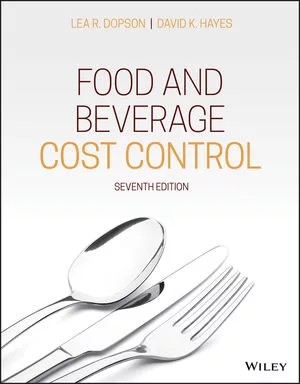IRI examines consumer confidence, eCommerce behaviors
20% of consumers are interested in purchasing food, beverages online
Consumer confidence is holding steady with 53 percent of U.S. households feeling they are in good financial health in the fourth quarter of 2017 compared with the same figure in the fourth quarter of 2016, according to Chicago-based Information Resources Inc.’s (IRI) Consumer Connect survey results. However, consumers still are mindful about their spending and are turning to the Internet for money-saving opportunities. In fact, 28 percent of consumers say they buy grocery items online compared with 23 percent in the first quarter of 2016, IRI reports.
Results from the IRI survey also examined consumer confidence according to age and found that 47 percent of millennials, 45 percent of Generation X, 51 percent of baby boomers and 68 percent of seniors feel good about their financial health. Nonetheless, 31 percent of consumers in the fourth quarter of 2017 said they are struggling to buy needed groceries compared with 30 percent in the fourth quarter of 2016, it says.
“While consumer confidence has improved during the last few years, consumers can still be a bit shaky about their job and financial prospects, so we’re seeing some mixed signals in our survey results,” said Susan Viamari, vice president of Thought Leadership for IRI, in a statement. “Many, especially younger consumers, say they think the Internet provides money-saving opportunities, so we wanted to dig further and find out what role online shopping is playing in consumers’ [consumer packaged goods] (CPG) spending.”
Overall, 20 percent of consumers expressed sentiment for purchasing food and beverages online, with 30 percent of millennials, 26 percent of Generation X, 18 percent of baby boomers and 11 percent of seniors indicating as such.
The Internet will play an integral and growing role in the CPG purchase process in 2018, IRI says. Fifty-five percent of consumers will download coupons from retailer/manufacturer websites, 51 percent will compare prices on retailer websites, 24 percent will order online for home delivery, 22 percent will order online and pick up in store, 12 percent will use online subscription services, and 6 percent will use online meal kit delivery services, it reports. BI
Looking for a reprint of this article?
From high-res PDFs to custom plaques, order your copy today!






